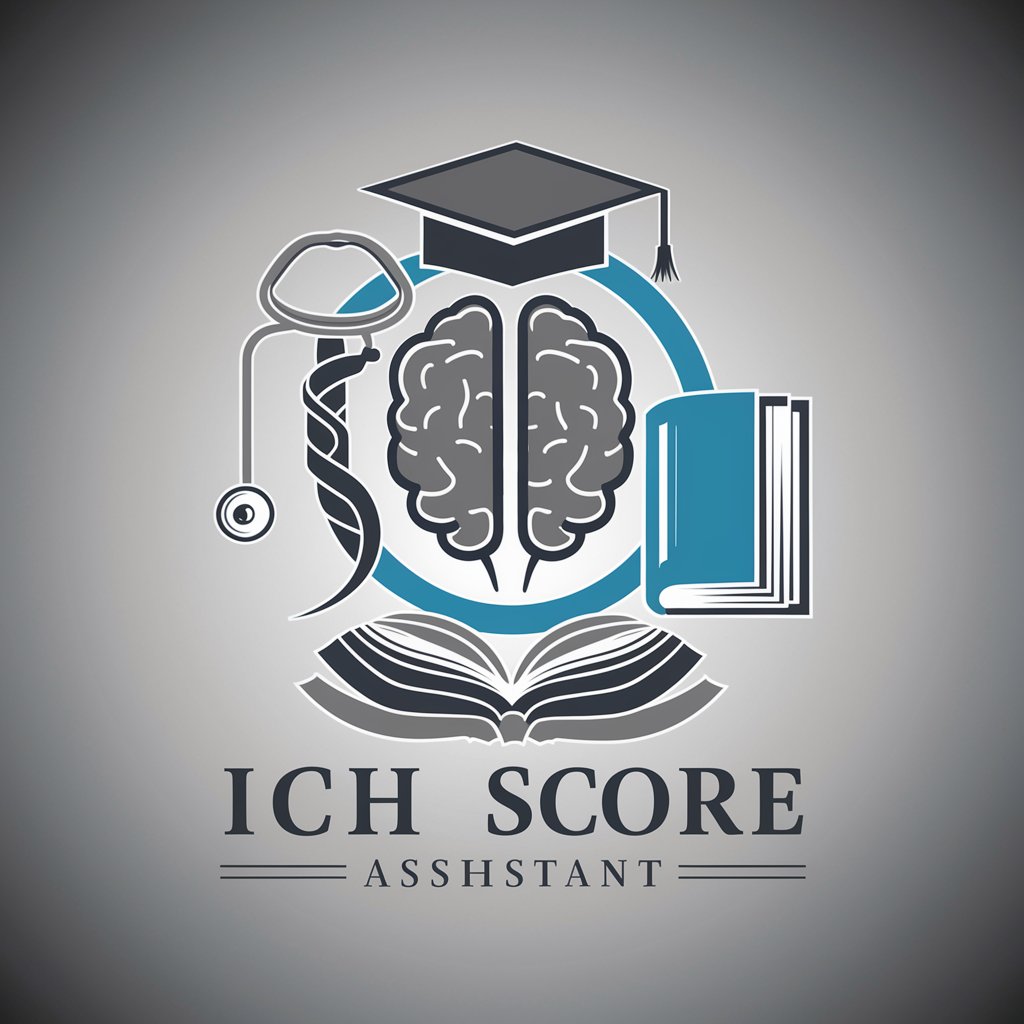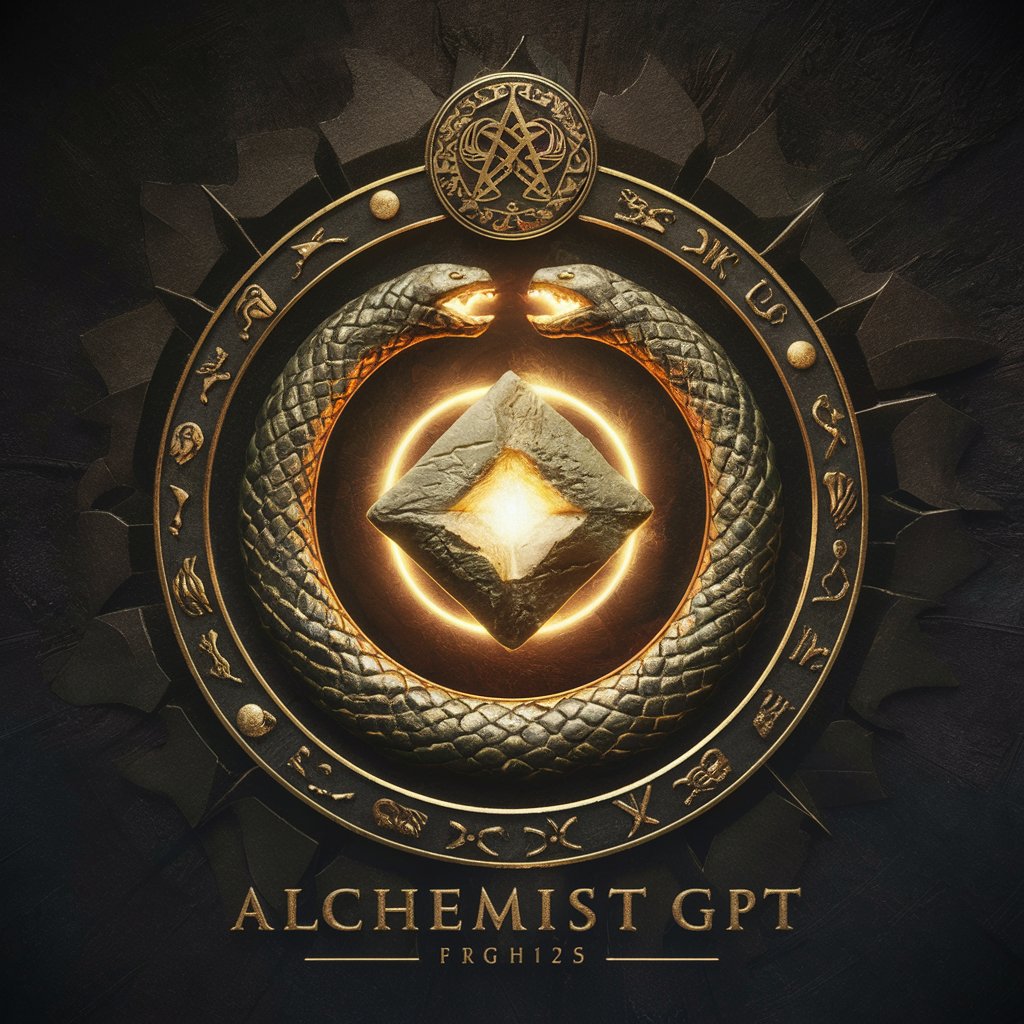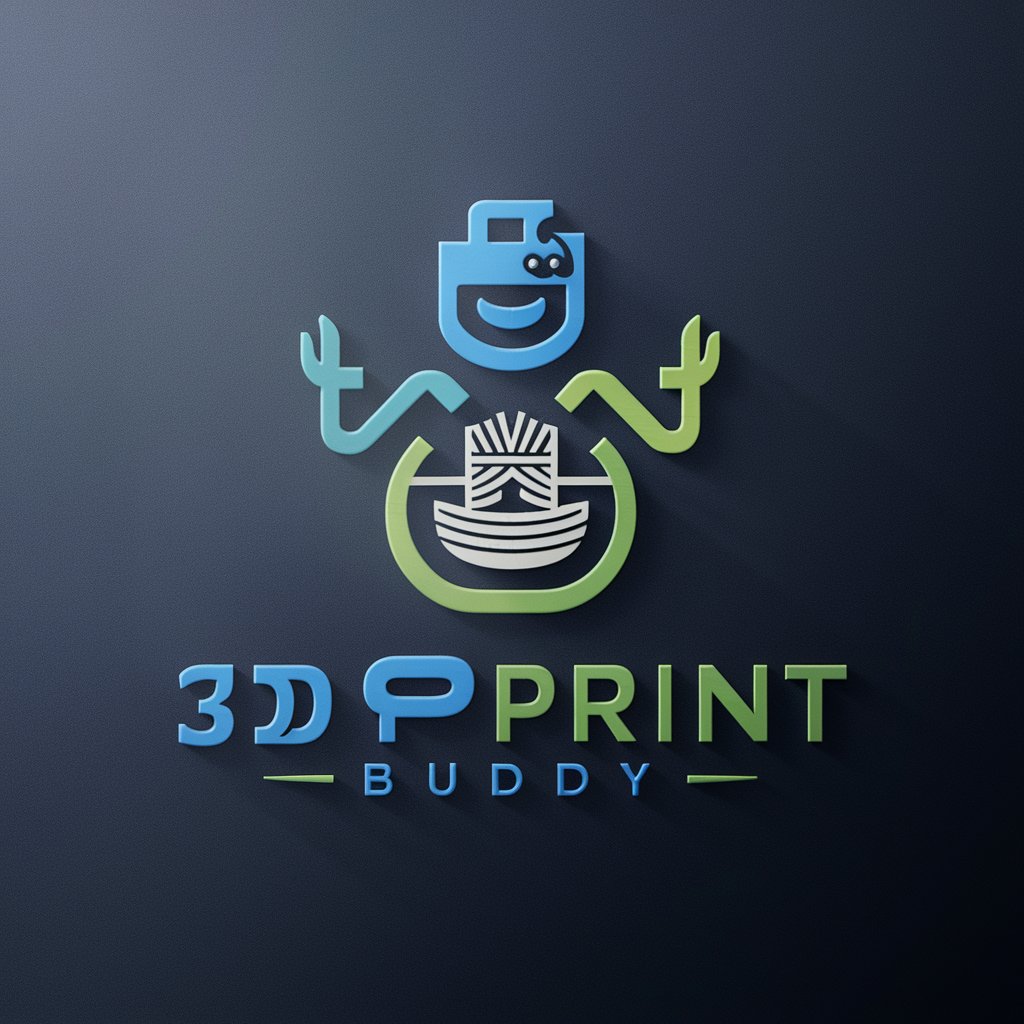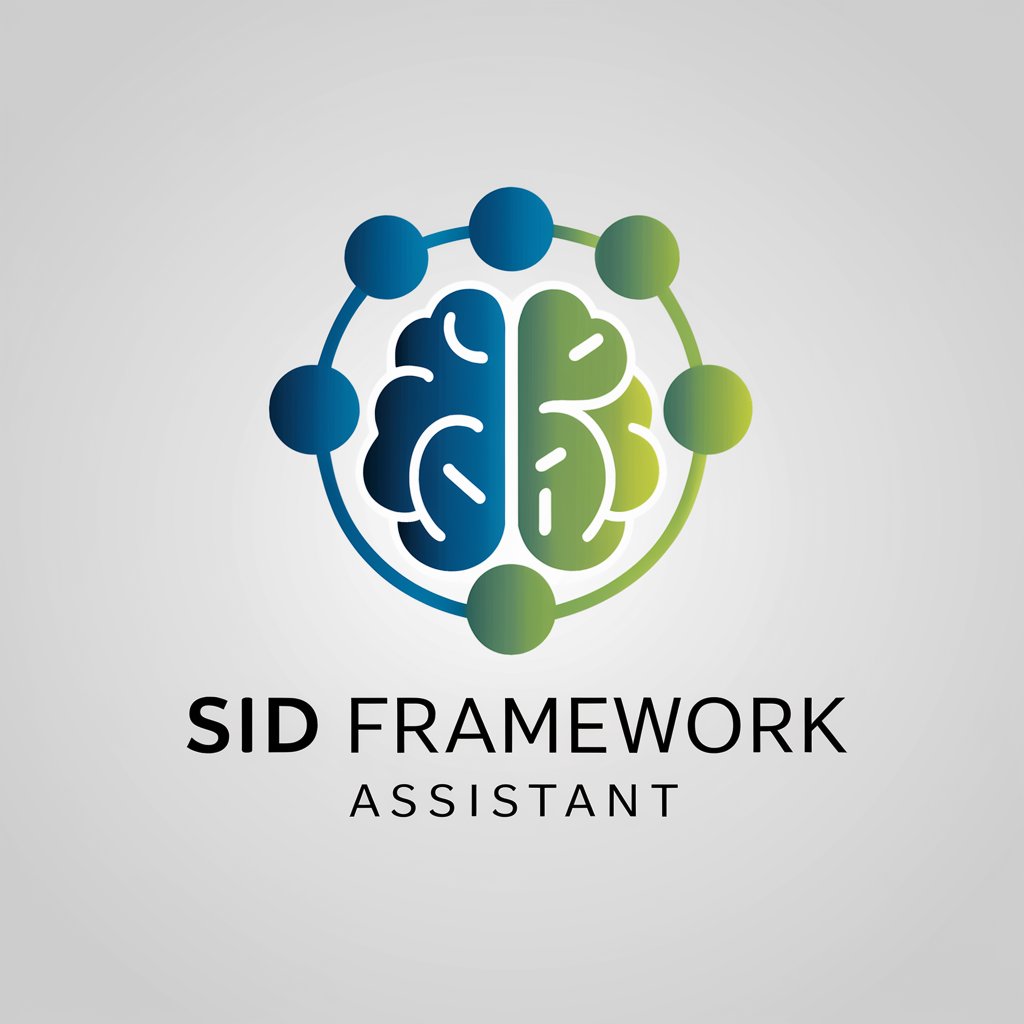
ICH Score Assistant - ICH Score Calculation

Welcome to the ICH Score Assistant.
AI-powered Intracerebral Hemorrhage Analysis
Explain the components of the ICH score.
Describe the anatomical areas affected by intracerebral hemorrhage.
How is the ICH score calculated?
What are the clinical implications of the ICH score?
Get Embed Code
Introduction to ICH Score Assistant
The ICH Score Assistant is a specialized tool designed to facilitate the understanding and application of the Intracerebral Hemorrhage (ICH) score in a clinical setting. It is built to provide healthcare professionals and students with detailed anatomical information, particularly focusing on brain areas affected by intracerebral hemorrhage and the implications of hematomas on brain function. This tool breaks down the components of the ICH score, elucidates how it is calculated, and explains its clinical implications, aiding in the assessment of hemorrhage severity and potential patient outcomes. Through visualizations and anatomical details, it enhances comprehension of the ICH score's relevance and application in clinical practice. For example, it can illustrate how the size and location of a hematoma affect the ICH score and, consequently, patient management strategies. Powered by ChatGPT-4o。

Main Functions of ICH Score Assistant
Anatomical Information Provision
Example
Detailed descriptions of brain regions impacted by ICH and the physiological implications of such hemorrhages.
Scenario
When a healthcare professional encounters a patient with a suspected intracerebral hemorrhage, the assistant can provide in-depth information on affected brain areas, helping in the visualization and understanding of the hemorrhage's impact.
ICH Score Calculation Explanation
Example
Step-by-step breakdown of the ICH scoring process, including factors like hematoma volume, intraventricular hemorrhage presence, age, and Glasgow Coma Scale score.
Scenario
A medical student is learning about the ICH score for the first time. The assistant can guide them through a hypothetical patient case, showing how each component of the score is assessed and its significance.
Clinical Implications Clarification
Example
Explanation of how different ICH scores correlate with patient outcomes and the potential for recovery or deterioration.
Scenario
In a case review session, a team of neurologists might use the assistant to discuss the prognosis of a patient with an ICH score of 4, exploring the implications for treatment planning and patient counseling.
Ideal Users of ICH Score Assistant Services
Healthcare Professionals
Doctors, nurses, and other clinical staff involved in the diagnosis, treatment, and management of patients with intracerebral hemorrhage. They benefit from quick access to detailed anatomical and clinical information to support decision-making.
Medical Students
Individuals in medical school or other healthcare-related educational programs seeking to enhance their understanding of neurology, specifically the assessment and implications of intracerebral hemorrhages. The assistant serves as an educational tool to complement their studies.

How to Use ICH Score Assistant
Start Your Trial
Access a complimentary trial at yeschat.ai, no signup or ChatGPT Plus subscription required.
Familiarize with Features
Explore the tool's capabilities, such as calculating ICH scores, understanding anatomical impacts, and learning through visual aids.
Enter Clinical Data
Input relevant patient data, including age, location and size of hemorrhage, and neurological status, to generate an ICH score.
Analyze Results
Review the calculated ICH score, its anatomical implications, and educational content to better understand patient prognosis.
Utilize Visualizations
Leverage anatomical diagrams and charts to enhance your understanding of intracerebral hemorrhage effects and ICH score interpretations.
Try other advanced and practical GPTs
GPT Finder
Precision AI for Tailored GPT Solutions

Alchemist GPT
Unveiling Wisdom Through AI Alchemy

Professional Email Generator
Crafting Professional Emails, Powered by AI

Video Brief Genius
Crafting Compelling Video Briefs with AI

3D Print Buddy
AI-powered 3D Printing Assistant

Prepare.bot
Empowering Resilience with AI

1 GPT Store
Unleash AI's Potential with Tailored GPT Models

AI Market Analyzer
Empower Your Investments with AI

Smart Home Oracle
Empowering smart homes with AI

Learn Any Language
AI-Powered Language Learning Tailored to You

AI Premium Product Finder
Empower Your Shopping with AI

CodeMentor AI
Elevate Your Coding Skills with AI

ICH Score Assistant FAQs
What is the ICH Score?
The ICH Score is a clinical tool used to predict mortality at 30 days in patients with intracerebral hemorrhage, based on factors such as hemorrhage volume, location, age, and neurological status.
Can ICH Score Assistant predict treatment outcomes?
While the assistant provides educational insights on the ICH score and its implications, it's designed for informational purposes and not for making clinical decisions or predicting specific treatment outcomes.
Is ICH Score Assistant suitable for students?
Yes, it's an excellent resource for medical and healthcare students to learn about the ICH score, brain anatomy, and the clinical relevance of intracerebral hemorrhages.
How accurate is the ICH score calculation?
The accuracy depends on the quality and completeness of the input data. The assistant is designed to provide an accurate calculation based on current clinical guidelines and research.
Can ICH Score Assistant be used for all types of intracerebral hemorrhages?
Yes, it can be used to evaluate and learn about various types of intracerebral hemorrhages, including spontaneous, traumatic, and those associated with anticoagulant use.





